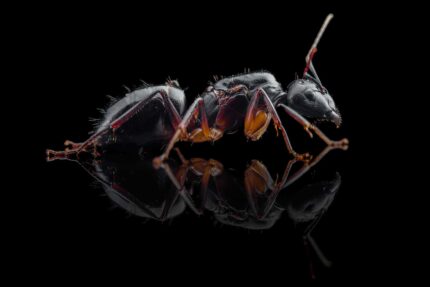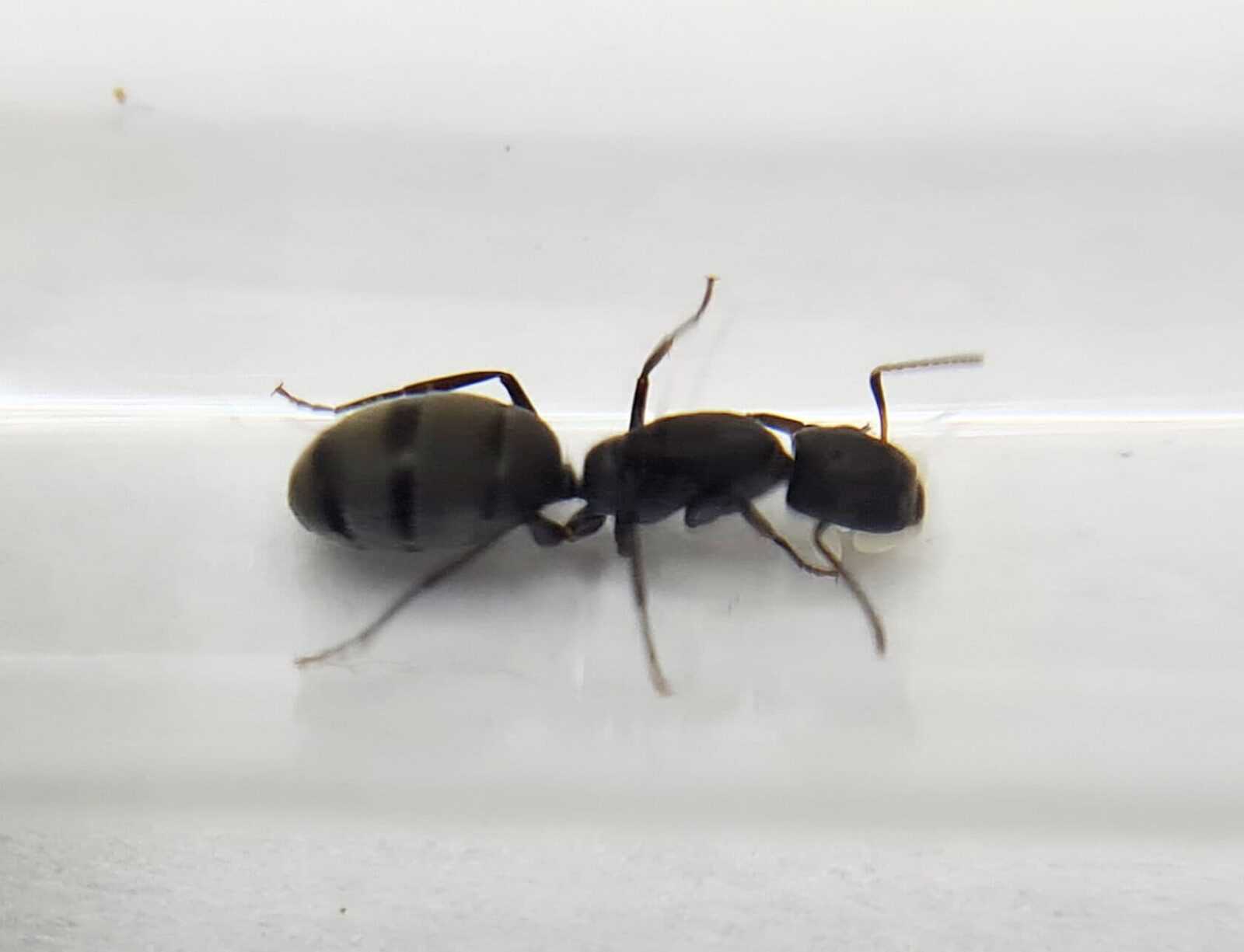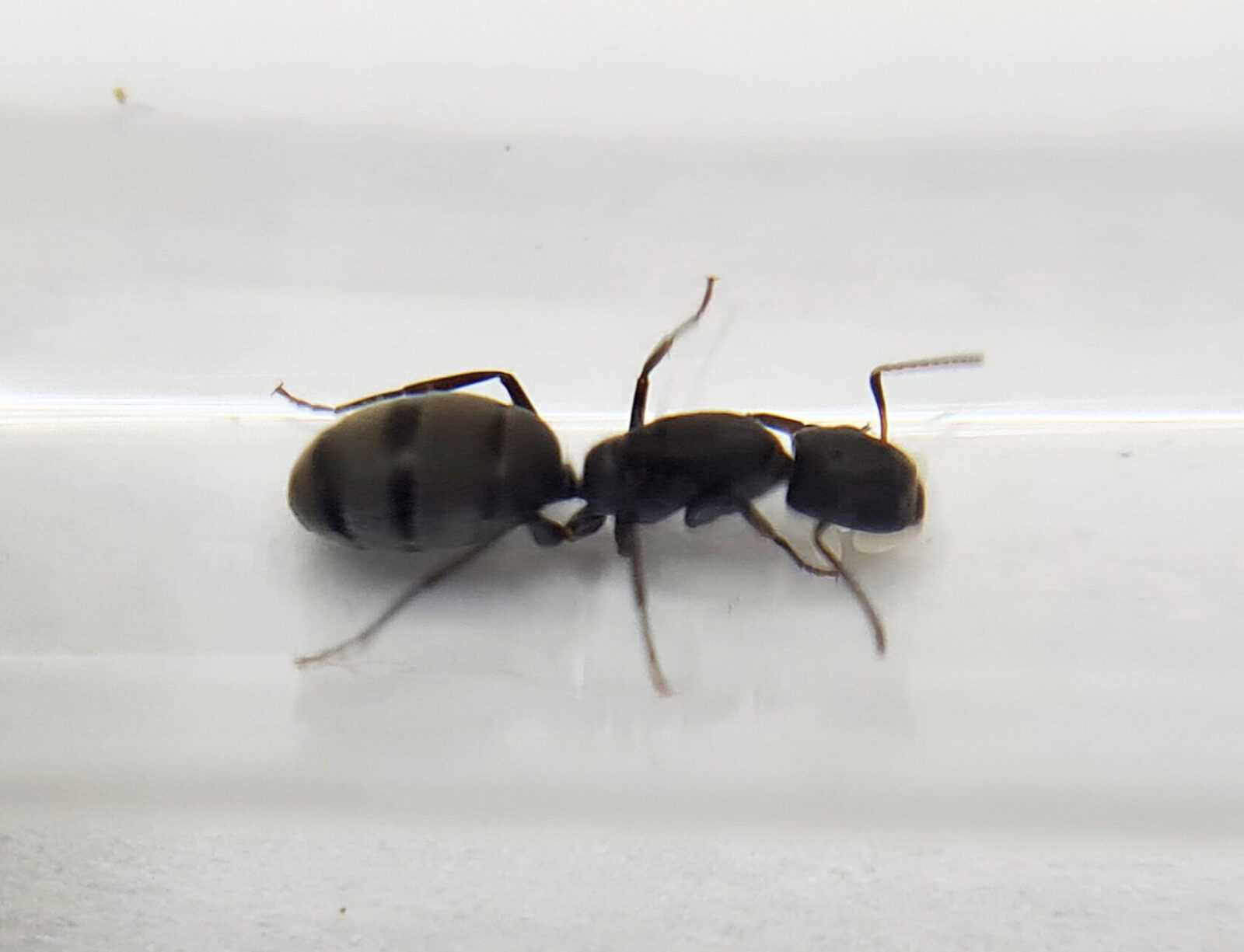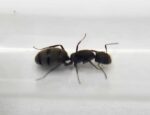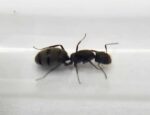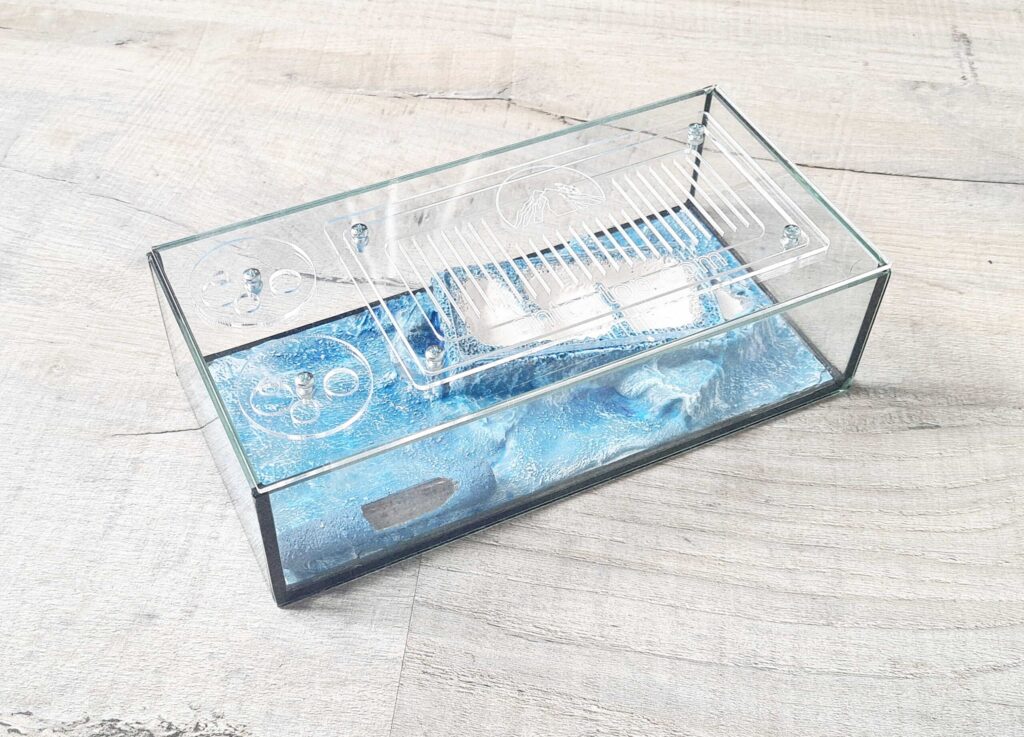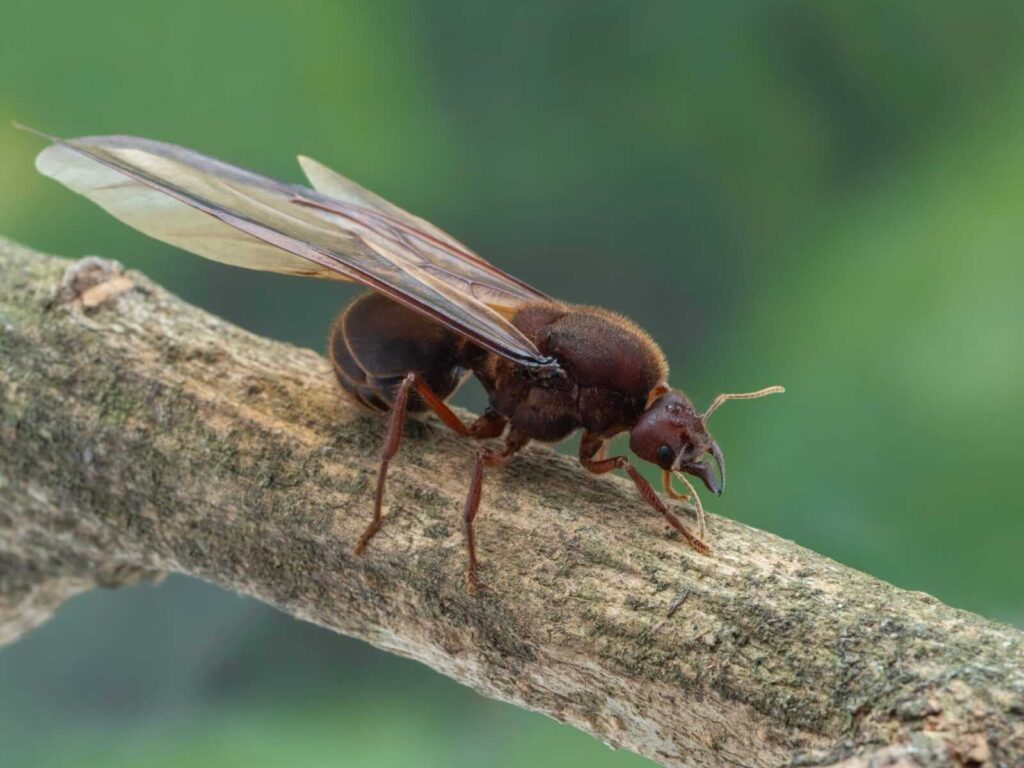Camponotus lasiselene
179,90 zł – 279,90 zł
Worldwide shipping
Free delivery over 500 PLN
The highest quality of goods
Live delivery guarantee
24/7 Personal Support
Fair Prices
Description
Camponotus lasiselene is a monogynous ant species with a colony size of 5,000 workers. They have a medium development rate. The queens measure 7.5-10 mm in size, while workers and majors measure 3.5-5 mm and 4-6 mm respectively. They have a dark gray body with a shiny abdomen. Their diet consists of food insects, syrup, fruits, vegetables, jelly, and cooked food.
Additional information
| Behavior | |
|---|---|
| Difficulty in breeding | |
| Origin | |
| The size of ants | |
| Wintering |
Camponotus lasiselene: The Grey Abdomen Carpenter Ant
Discover the fascinating world of Camponotus lasiselene, also known as the Grey Abdomen Carpenter Ant. This species of ant boasts unique characteristics and behaviors that make it an excellent choice for ant enthusiasts. Add an interesting and low-maintenance ant colony to your collection with Camponotus lasiselene.
Colony Type and Size
Colony Type: Monogyny
Colony Size: Up to 5000 workers
Development Speed: medium
Size and Appearance
- Queen: 7-10 mm
- Workers: 3-5 mm
- Majors: 4-6 mm
These ants have a dark grey body with a shiny abdomen, giving them a sleek and striking appearance.
Nutrition
- Food insects (such as cockroaches and crickets) dead, or live if colony is big
- Syrup (a mixture of water and honey or sugar, with a ratio of 4/3 water:1)
- Fruits and vegetables
- Jelly
- Cooked chicken without salt, shrimps
- Honey
Humidity and Temperature
- Humidity: Arena: 30-50%, Nest: 50-60%
- Temperature: Arena: 21-30 °C, Nest: 21-26 °C
A Unique Species Preferring Wood Habitats
Camponotus lasiselene stands out among other ant species due to its small size and preference for wood habitats. Observing these ants as they navigate through their wooden environment is a captivating experience.
Recommended Nests
Choose from a variety of ideal nest options when setting up a habitat for your Camponotus lasiselene colony. Acrylic, cork, plaster, and aerated concrete nests provide a safe and comfortable living space for breeding these ants.
Overall, Camponotus lasiselene offers a unique addition to any ant enthusiast’s collection. With their distinctive appearance, manageable colony size, and intriguing behaviors, these ants will provide hours of entertainment and learning opportunities. Create the perfect environment for your Camponotus lasiselene colony and witness the wonders of these remarkable insects.
Check out antontop.com for more information on ants and to explore their wide range of ant-related products.


